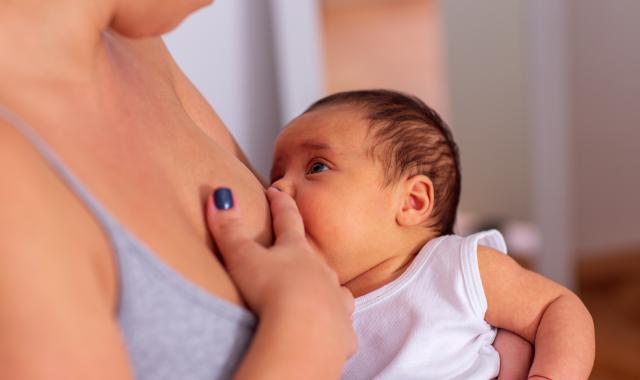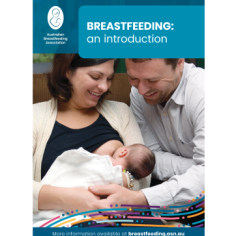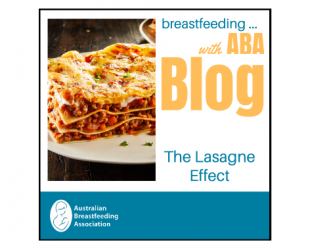Feel like you're feeding all the time?

Many mums wonder how long and how often their baby should feed.
Most young babies breastfeed 8 to 14 times or more in 24 hours. In the early days your baby may be satisfied or fall asleep after only one breast, waking soon after to feed from the other breast. Over time they will start to take both breasts at each feed.
Why do babies feed frequently?
Young babies have tiny tummies and breastmilk is digested quickly. Very soon they are ready for another feed. Responding to your baby's needs and offering a breastfeed, even if it feels like you've just fed them, will keep them satisfied. It also helps build and keep up your milk supply.
Feeding your baby more frequently can be helpful for you as a mum too. Satisfying your baby’s hunger may keep them calmer so you’ll spend less time soothing them. Your breasts will also be more comfortable.
Many babies have periods of cluster feeding particularly in the late afternoon and evening.
Babies who have a long stretch of sleep overnight may need to feed more frequently the rest of the day to catch up.
How long do feeds take?
Some babies will take a while to feed. Others will finish more quickly. There is no need to time feeds. As you follow your baby’s feeding signs, you’ll learn when they’re full or want more sucking time.
Your baby’s feeds may differ in length, just as you might eat a larger meal, a snack or even just a drink at different times during the day. Sometimes your baby might want a very quick feed, and at other times they may like to spend a long time at the breast. They don’t have to take a ‘full’ feed every time.
A new baby who is learning how to breastfeed might only remove a small amount of breastmilk with each suck. As your baby grows, they will become better at breastfeeding and feeds will gradually get shorter.
What about routines?
Many mums like the idea of having a routine so they can feel organised and plan their day more easily.
However, babies have their own breastfeeding and sleeping needs so following a specific routine can be difficult, especially if it suggests feeding your baby less often. A hungry or unhappy baby may cause new parents to became stressed and feel they are doing things the wrong way.
Some mums develop a rhythm or daily pattern that suits them and their baby. This is like having a routine but without set times. These rhythms may change over time and there may be days when your baby has a different idea!
Why do feeding patterns change?
How long and how often your baby feeds may change from day to day and over time.
- Many babies go through fussy periods, when they want to feed more often.
- At times your baby may prefer fewer, larger feeds, or more frequent, smaller feeds.
- As your baby gets older, they may feed less frequently overall.
- In hot weather a thirsty baby may want to breastfeed more frequently but for shorter periods. This means they are getting more fluids.
- If your baby is unwell, in pain or upset, they may want to feed more frequently. Or conversely, they may not feel like feeding much at all.
No matter how many feeds your baby has in a 24-hour period, the important thing to know is if they are getting enough milk.
© Australian Breastfeeding Association December 2024
Find out more about getting breastfeeding started
Online interactive session free for members
Newborn Virtual Village - sleep and breastfeeding patterns in the early weeks

Evidence-led info and practical tips from our Breastfeeding Information Series
Breastfeeding: an introduction





